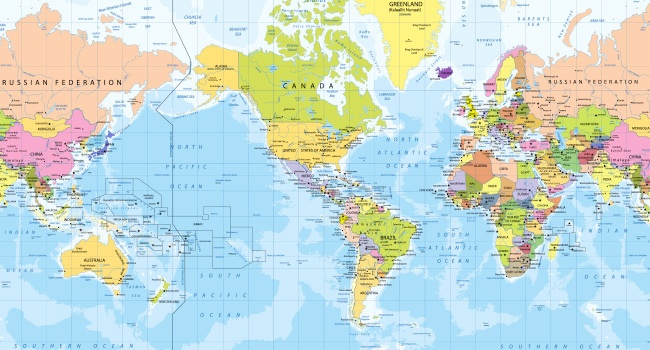
As any company grows, expanding beyond the shores of one’s own country often becomes a goal. But while there will always be cultural and practical barriers (e.g., physical distance, language) to international collaboration, one of the biggest challenges can often be management styles.
It is not enough to assume that teams in a similar industry, but from a different country, will operate and make decisions in the exact way that teams in your country do. The disparity between management cultures is often most evident in things like the perception and expectations of authority and decision-making.
How Authority is Perceived
Of course, one of the most important ways that management styles manifest is in the way that management interacts with those who work under them. In a recent publication from the Harvard Business Review, this is understood to be a culture’s “attitude towards authority.” The HBR divides cultures into either “egalitarian” or “hierarchical” attitudes, with the former most closely resembling how business is done in the U.S. A more egalitarian management culture will have, for example, employees calling their bosses by first name and participating much more robustly in brainstorming and strategic ideas. As far as hierarchical structures, such as those often found in China, for example, more reverence will be paid towards management and employees will be expected to follow clear instructions and complete specified tasks without nearly as much input in how projects proceed. When hiring international employees, it is important to understand how an individual perceives and relates to authority.
How Decision-Making Works
The other aspect of management styles that the HBR explores is decision-making. While it may seem only logical that a country’s attitude towards authority and the way that the same country makes decisions go hand in hand, that’s not always the case. Despite its hierarchical attitudes, for example, Japan tends towards consensus-based decision-making. At the same time, the egalitarian U.S., which would perhaps more logically make consensus a priority, relies much more on “top-down” decision-making, where a leader makes the final call on big priorities, projects, and strategic direction. The difference between these two styles can cause a great deal of conflict in those employees who are not properly prepared. Consensus-based decision making tends to involve a lot more discussion and prior agreement than top-down, meaning that those who are making the switch from the latter to the former should be ready to spend more time talking about a decision before a meeting and much less time presenting and persuading at a meeting.
How to Achieve Agreement in International Collaboration
Whether your team is working in an international company, hiring international employees, or acting as expert executive recruiters for an international team, it is important to understand the management style differences and how they manifest. While a successful employee in one country should be able to find success in another, they will need to be aware of the challenges they may face and willing to be open-minded about new structures and protocol. For recruiters, a high potential employee in the U.S. might look quite different in a more international light, so it is important to be able to assess how different skillsets translate between nations.
Are you getting the highest return on your recruiting investment?
Let The Garner Group help you in your next Consumer Health and Nutrition search.
